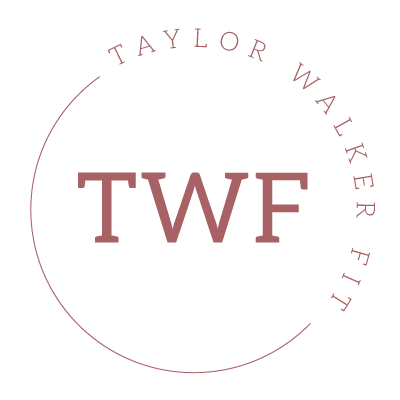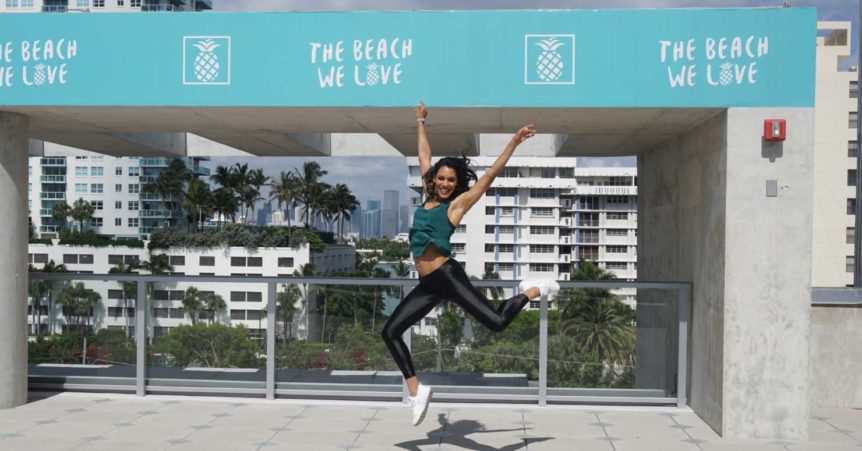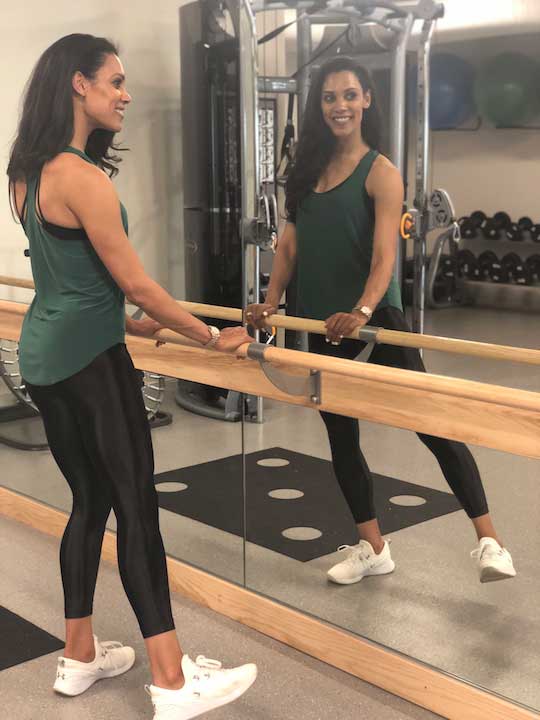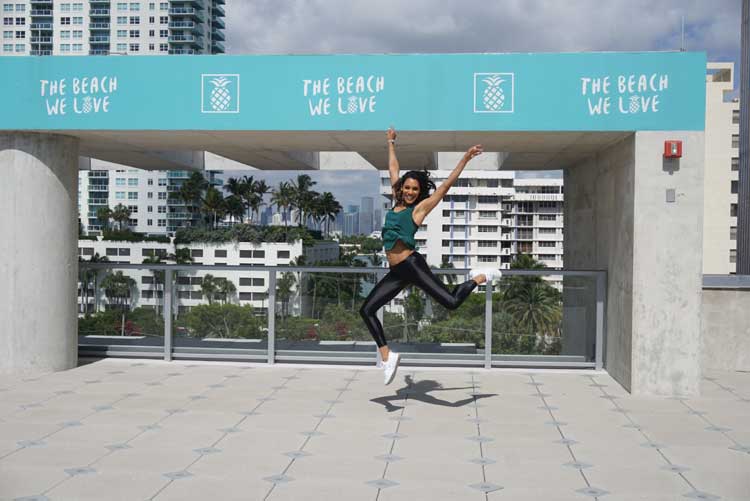
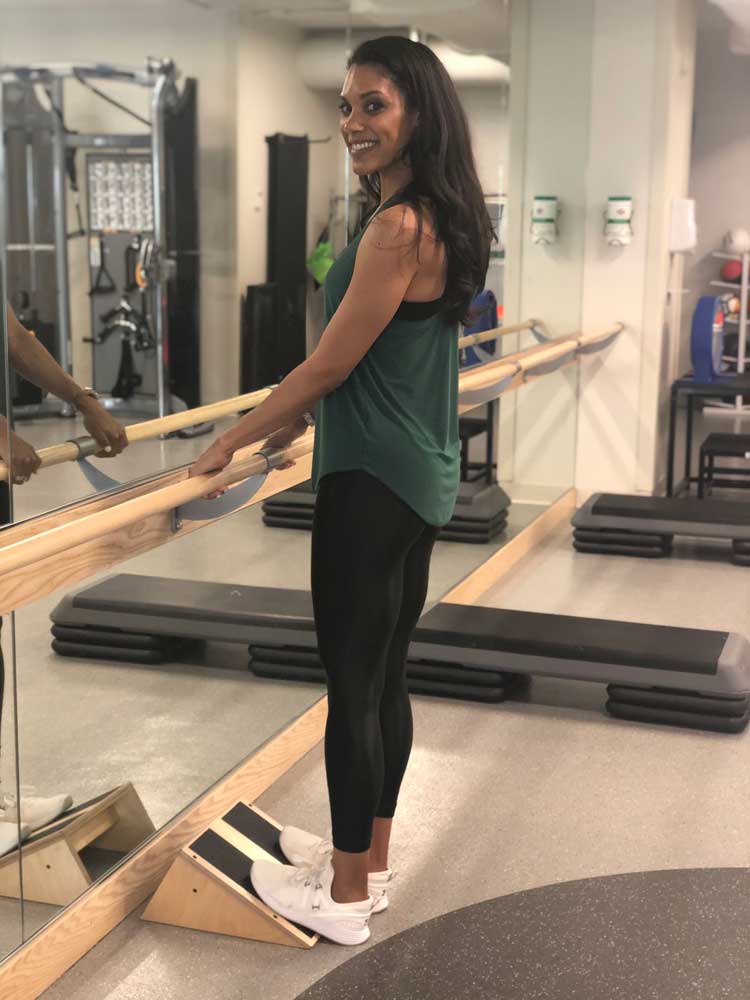
Last week I took a long weekend in Miami to see my friends, enjoy the beautiful beaches and had some fun with my friends at Baptist Health South Florida. We did a Facebook Live on Postpartum Depression and took some time to visit The Miami Orthopedics & Sports Medicine Institute. As a fitness instructor, one of my biggest pet peeves is what people skip out of class early and miss the cool-down, AKA the stretch. A post-workout stretch and recovery session can decrease the severity of Delayed Onset Muscle Soreness (DOMS), decrease your stress level, stop your blood from pooling in your lower extremities and decrease your risk for muscular imbalances. According to this article in Harvard Health , stretching should be part of your daily routine to maintain mobility and independence. Stretching is always included in my morning ritual!
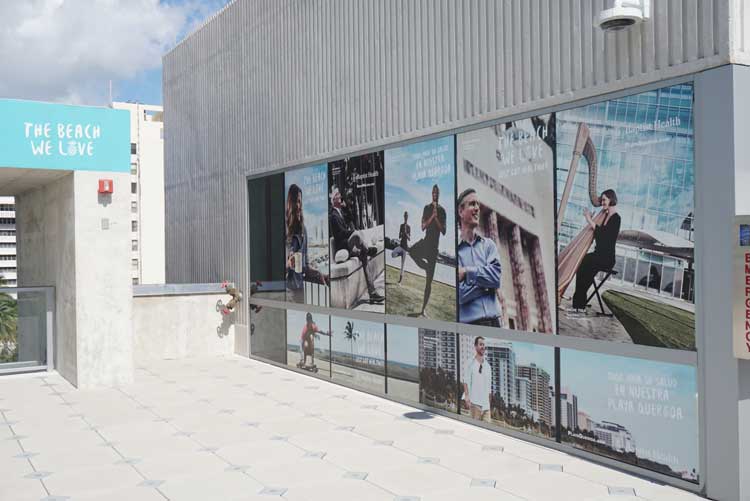
As Baptist Health South Florida shares: Poor balance can lead to a higher risk of falls, broken bones and unwanted visits to the emergency room. Each year 2.5 million people are treated in emergency departments for fall-related injuries, with medical costs totaling approximately $34 billion annually, according to the U.S. Centers for Disease Control and Prevention (CDC). What’s more poor core stability can lead to back pain and compromised techniques when exercising. Lack of flexibility can keep you from doing simple tasks such as getting up off the floor. The good news is you can easily improve those fitness skills by incorporating a few new moves into your daily routine.
This article offers three areas to focus on:
Better Balance: Having better balance as you age can help keep you safe from injury. Balance training can be as simple as balancing on one foot. You can move your free foot around, look up, down, left, right or add an unstable surface to really challenge yourself. For example, you can also perform balance exercises functionally by performing squats on the ground and then transitioning to squats on a boss ball.
Core Stability: Core Stability is so much more than doing a million crunches. Your core is the powerhouse of your body and it consists of more than just abs. The article says: Core stability is being able to maintain proper neck, scapular, spinal and pelvic stability in order to perform exercises with good alignment and to minimize the risk of injury. Strengthening your core can be done every day in various different postures including: planks, pelvis tilts, shoulder and back exercises as well as breath work that focuses on large diaphragmatic breaths.
Flexibility and Stretching
Without flexibility training and stretching in some form or fashion can lead to chronic pain, limited range of motion and increased risk for injury. The American College of Sports Medicine recommends that “adults should do flexibility exercises at least two or three days a week to improve range of motion.” It is important to get into the habit of incorporating stretches into your post workout cooldown. Try to stretch each muscle for a minimum of 30 seconds.
Many gyms offer Yoga and or stretch training programs, but you can also find many videos online or try my #TaylorsToningTuesday today!
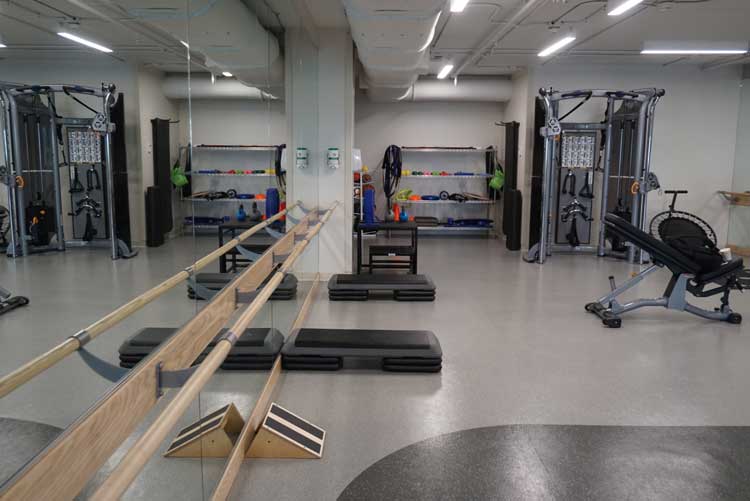
If you are in Miami Beach and are in need of help recovering from an injury or surgery than look no further than Miami Orthopedics & Sports Medicine Institute. The facility is light, bright, airy and everyone we met was so friendly! Their nationally recognized program serves the Miami HEAT, Miami Dolphins, Florida Panthers, Florida International University athletics, Orange Bowl, Miami-Dade County Public Schools athletics, Miami Open Tennis and Miami Marathon & Half Marathon. They are the best on the beach and I can wholeheartedly recommend you

